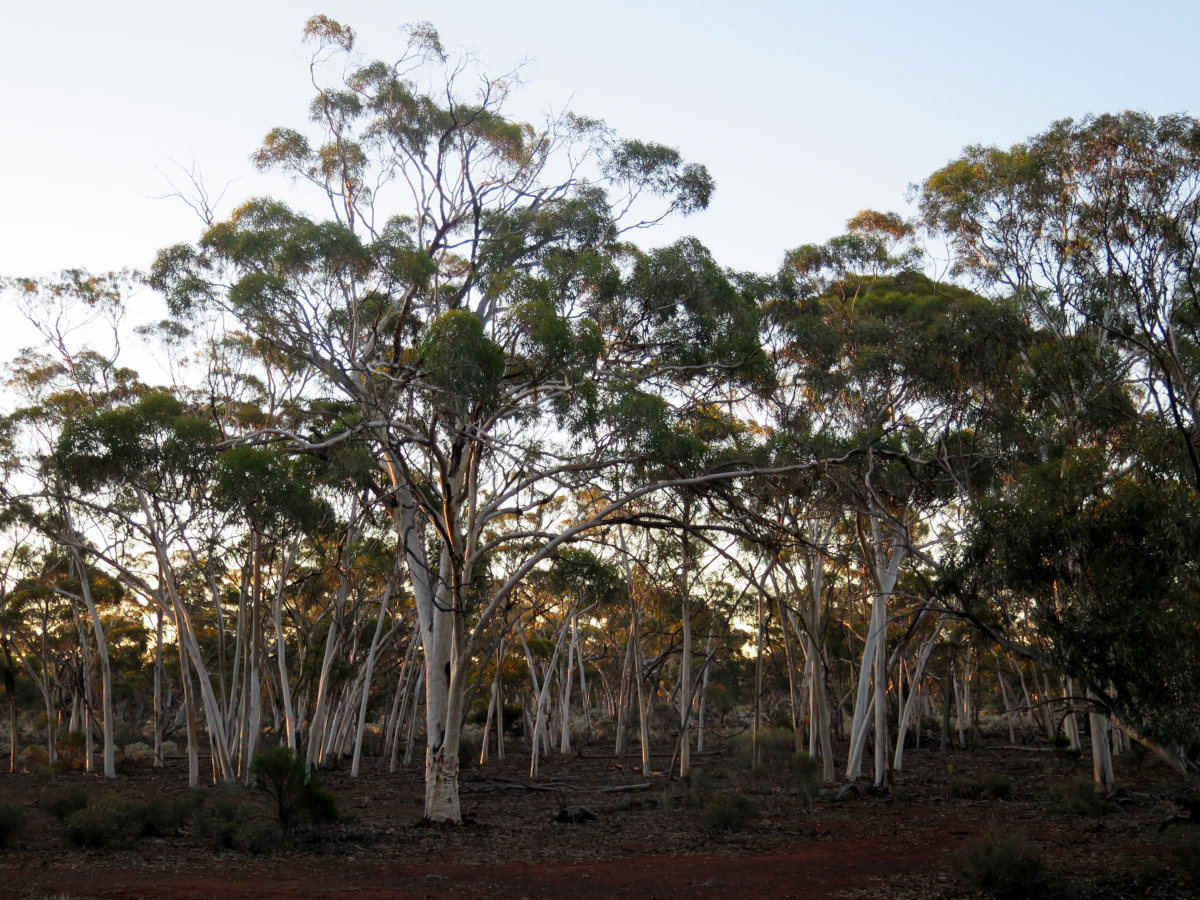"Waterways"; is a 48-hectare restoration project located on Mordialloc Creek in Melbourne’s south- eastern suburbs which combines a housing estate with large areas of restored habitat set aside for indigenous fauna and flora in open space, lakes and other wetlands.
Prior to restoration the land at Waterways was a property used for grazing horses and supported pasture dominated by exotic grasses. Restoration of the site commenced in October 2000. Extensive weed control and earthworks were carried out prior to the commencement of revegetation works, which involved planting, by 2003, over 2 million local provenance, indigenous plants. Ongoing management of the site has included ecological burning and follow up weed control. When started the Waterways was the largest and most complex ecological restoration project ever undertaken in Victoria.
The habitats being restored at “The Waterways” reflect those that originally occurred in the Carrum Carrum Swamp, a vast wetland complex which, prior to being extensively drained in the 1870s, stretched from Mordialloc to Kananook and as far inland as Keysborough. Local reference ecosystems were selected to act as a benchmark for what was to be achieved in each restored habitat in terms of species diversity and cover. Habitat Hectare assessments have been used to monitor the quality of restored vegetation.
A total of nine Ecological Vegetation Classes (EVCs, the standard unit of vegetation mapping in Victoria) are being re-established across the site across the following habitats;
Open water, Submerged Aquatic Herbfields and Exposed Mudflats
Densely vegetated marshes
Swamp Paperbark Shrubland
Tussock Grassland
River Red Gum Grassy Woodland
The habitats created in 2000 support over 220 indigenous plant species and have already attracted a vast array of native fauna. Waterways is now home to 14 rare and threatened plant species, including the nationally endangered Matted Flax-lily (Dianella amoena) and Swamp Everlasting (Xerochrysum palustre) and 19 threatened animal species, including the Glossy Grass Skink (Pseudemoia rawlinsoni) and Magpie Goose (Anseranas semipalmata).
The successful establishment of diverse vegetation has so far attracted 102 species of native birds, and the wetlands on the site are home to 7 species of frogs. If the area is to reach its full potential careful management of weeds and pest animals is required. Ongoing monitoring of flora and fauna is also necessary. These are both areas in which the local community is becoming involved.
The project was partly funded by Melbourne Water, who are now the managers of the site, and partly by a developer, the Haines Family. This unique relationship and the generosity and willingness to try something innovative by the developer were important factors in the success of the project.
Further information: https://site.emrprojectsummaries.org/2018/07/11/recovery-of-indigenous-plants-and-animals-in-revegetated-areas-at-the-waterways-victoria/
Contact: Damien Cook (rakali2@outlook.com.au)
This sequence of photographs, taken over a nine-month period at the Waterways.



